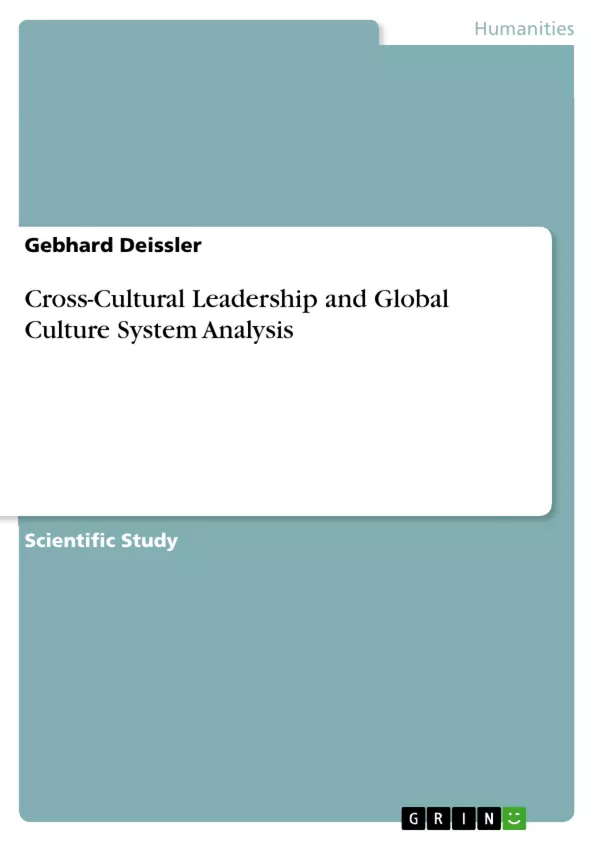In the following I would like to explore how the body and the mind can be attuned in an optimum way. It is really not enough to focus on values and behaviours alone, for our human body which has been given to us along with a most definite and definitive design or genetic programming with regard to structures and functions of each atom of the whole is contained in each one of billions of cells. This human body is the primary screen and vehicle through which we interact with our diverse environments and encounter cultural diversity. The body is our primary vehicle of experience and expression, the material support of life. Therefore it is life itself. It is most directly exposed to the outside world, to the struggle with other, sometimes competing forms of life, to the power games, we play, exacerbated by cultural diversity and human ignorance, ʹavidyaʹ as the Vedic sages termed it already thousands of years ago summarily. This struggle for survival affects the physical integrity, our structural edifice. And due to the organic interconnectedness of the human biological system as a whole, the energetic and mental structures are affected in turn. Therefore, interferences at one level have repercussions on all other levels.
Inhaltsverzeichnis (Table of Contents)
- Conquest and Ownership of and Leadership from the Innermost Centre Across Cultures
- Global Culture System Analysis: Sustainability and Accountability
- Some Practical Inter- and Transcultural Management Techniques and Instruments
- Special Intercultural and Transcultural Management Terminology
Zielsetzung und Themenschwerpunkte (Objectives and Key Themes)
This work explores the role of the human body and mind in navigating cultural diversity. The author emphasizes the importance of understanding how our physical, energetic, and mental structures interact with the environment and influence our experiences and expressions.
- Intercultural and transcultural leadership
- The impact of cultural diversity on the human body and mind
- The role of the body as a vehicle for intercultural interaction
- The interconnectedness of physical, energetic, and mental structures
- The significance of 'avidya' (ignorance) in exacerbating cultural conflicts
Zusammenfassung der Kapitel (Chapter Summaries)
- Conquest and Ownership of and Leadership from the Innermost Centre Across Cultures: This chapter introduces the concept of the human body as the primary vehicle of experience and expression, emphasizing its role in intercultural interaction. It discusses the impact of cultural diversity on the body's physical integrity and the interconnectedness of physical, energetic, and mental structures.
- Global Culture System Analysis: Sustainability and Accountability: This chapter delves into the analysis of global culture systems, highlighting the importance of sustainability and accountability in managing cross-cultural interactions. It explores how diverse cultural perspectives impact global systems.
- Some Practical Inter- and Transcultural Management Techniques and Instruments: This chapter focuses on practical approaches and tools for managing intercultural and transcultural differences. It explores various techniques and strategies for navigating cultural complexities in a diverse world.
Schlüsselwörter (Keywords)
The primary keywords and focus topics of this work include intercultural and transcultural management, cultural diversity, human body and mind, leadership, sustainability, accountability, global culture systems, and practical management techniques and instruments.
- Citar trabajo
- D.E.A./UNIV. PARIS I Gebhard Deissler (Autor), 2012, Cross-Cultural Leadership and Global Culture System Analysis, Múnich, GRIN Verlag, https://www.grin.com/document/192108



